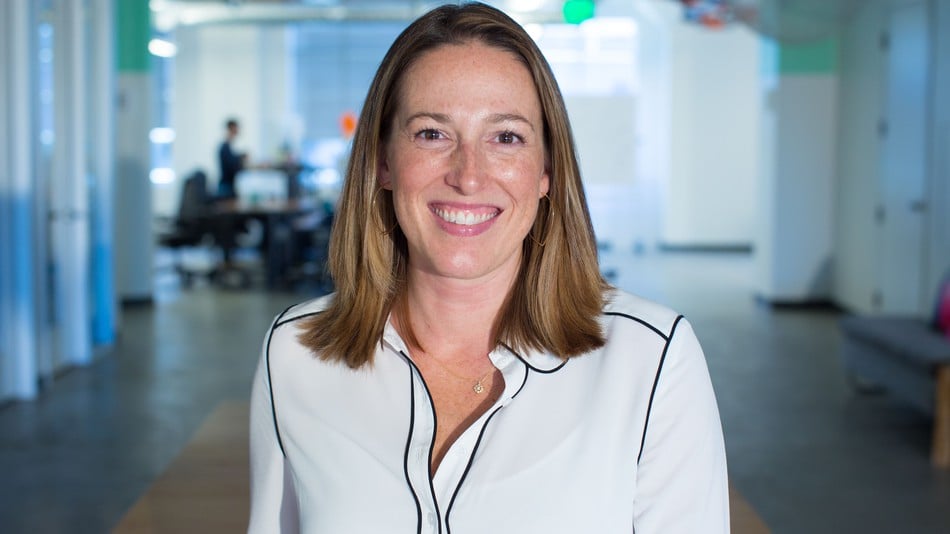As the newest board member of the Headwaters Fund, an economic development fund dedicated to increasing the number of sustainable jobs in the county where I grew up and now live, I have a renewed focus on the importance of diversity in such roles. It all started when a member of the County Board of Supervisors expressed excitement for the increase in diversity my appointment represented.
At first, I was taken aback. As an upper-middle-class white person, I don’t typically consider myself to be contributing much to the diversity of a room. After thinking it through, I realized my being one of the only female board members—and by far the youngest member—did actually represent a step in the right direction. But only a small step. And so, I plan to continue advocating for greater diversity in my new role.
Fortunately, many across the government, policy, and community development sectors are championing the need for diversity in institutions like the Headwaters Fund, believing that any group focused on improving the welfare of a community is not truly equipped to do so if it doesn’t understand and value the needs of the entire community.
Jael Myrick, a young African-American City Council member in Richmond, said in an interview with the National Research Center Inc., "When I think about who is going to be impacted by policies, I’m thinking about my best friend, my brother, my parents, the people I went to high school with, the people I go to church with."
Mr. Myrick brings the concerns and values of the people he knows to the council’s decision-making process. The more we reflect the diversity of a community in its leadership, the closer we get to ensuring the needs of the entire community are being championed. As such, diversity in community leadership is critical to providing quality representation—a must for any fair and healthy society.
And while greater representation is reason enough to champion diversity, it’s exciting to note that diversity in community leadership also provides opportunities to increase the effectiveness of our efforts. Diversity of teams helps us avoid what Free Range founder Jonah Sachs refers to in his latest book as safe thinking—sticking to familiar approaches even in unknown territory that requires new strategies.
Safe thinking is a natural human response when faced with difficult decisions and is often exacerbated in group settings, where a desire for agreement causes us to punish outliers, rush to conclusions, and give too much weight to the ideas of leaders. And to make matters worse, safe thinking is even more likely in environments that do not incentivize new ideas or value risk-taking—a description that fits many local institutions.
A diverse group, on the other hand, is more likely to engage in unsafe thinking, which Jonah defines as "the ability to meet challenges with a willingness to depart from standard operating procedures [...] in order to achieve breakthroughs." In groups where diversity is explicitly valued, individuals can feel safe to challenge others and offer riskier ideas. A study by researchers at Berkeley, for example, found that groups that discussed the importance of political correctness before tackling a problem are able to work together more creatively.
Diverse groups are also better able to build off of one another's ideas, leveraging each person's unique experiences and strengths to arrive at better solutions. A study by Scott Page and Lu Hong supports this idea, showing that randomly selected groups tend to be more effective at solving problems than less-diverse groups of carefully chosen experts.
“People from different backgrounds have varying ways of looking at problems, what I call ‘tools,’” Page explains. “If we’re in an organization where everyone thinks in the same way, everyone will get stuck in the same place. But if we have people with diverse tools, they’ll get stuck in different places. One person can do their best, and then someone else can come in and improve on it.”
Local governments and community organizations are starting to not just recognize the importance of diversity, but act on it.
One of our clients, the Community Foundation of Greater Dubuque, has been a core driver of Inclusive Dubuque, a peer-learning network of partners committed to creating a more equitable and inclusive community. Portland’s Office of Equity and Human Rights maintains a public-facing employee demographics dashboard to hold themselves accountable to efforts to better reflect the diversity of the community. The City of Hillsboro, OR started an internship program to encourage students to explore careers in public service and, according to City manager Michael Brown, “fill the need for bright young interns who creatively solve challenges and make Hillsboro an even better place to live.” Others are going so far as to crowdsource ideas, bringing a wealth of diverse ideas to the mix. Chicago, for example, has developed a $20M Innovation Loan Fund to support promising innovations submitted by employees at any level.
Truly prioritizing diversity and inclusion isn't always easy. Despite the present moment's attention on reforming our cultural institutions, it's easy to pay lip service to equity efforts. But the kind of equity that lasts will require attention, sacrifice— and yes—unsafe thinking. It may start small, but the need for structural shifts is too great to stop short of anything less than representative diversity and full inclusion.




